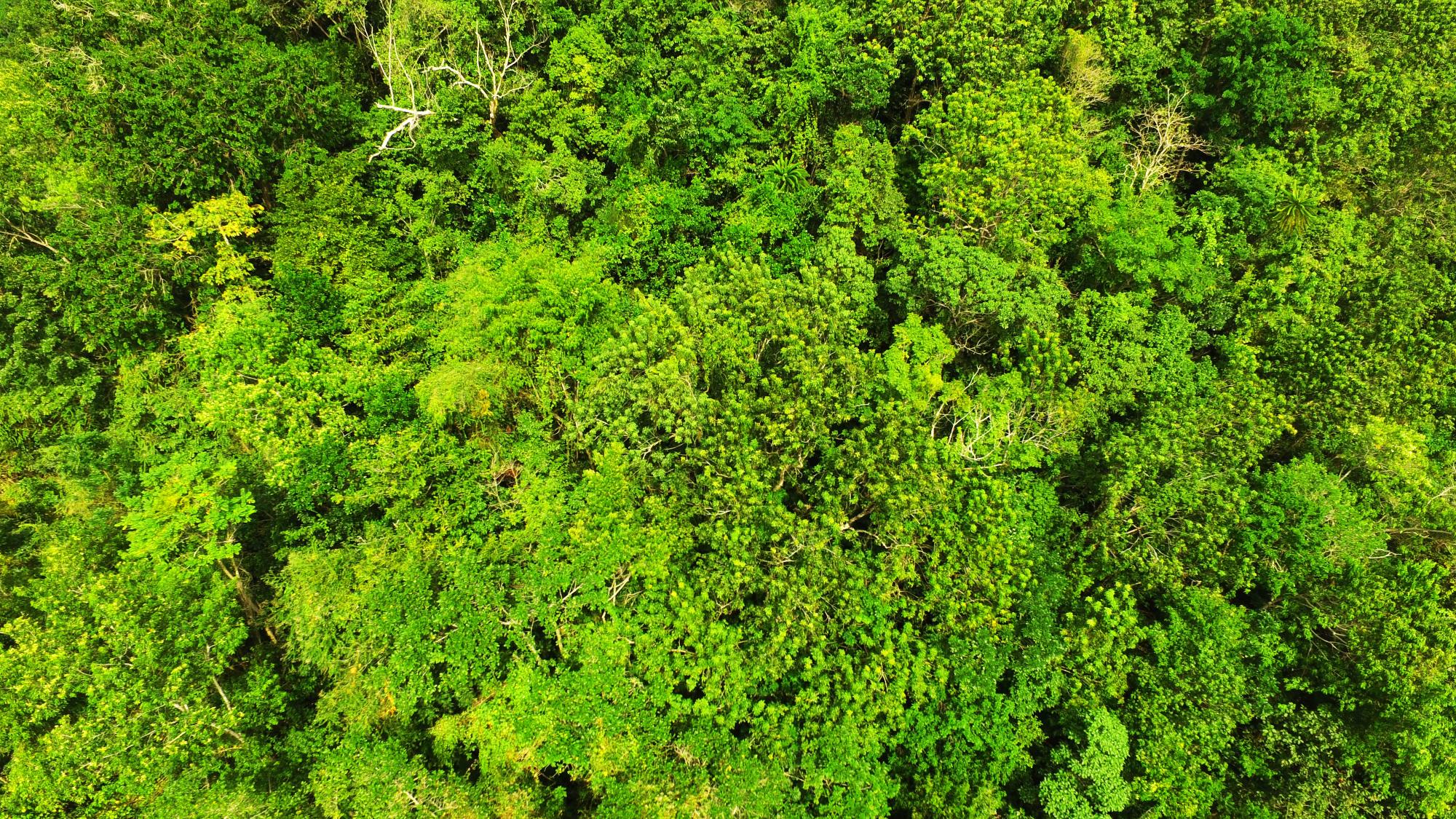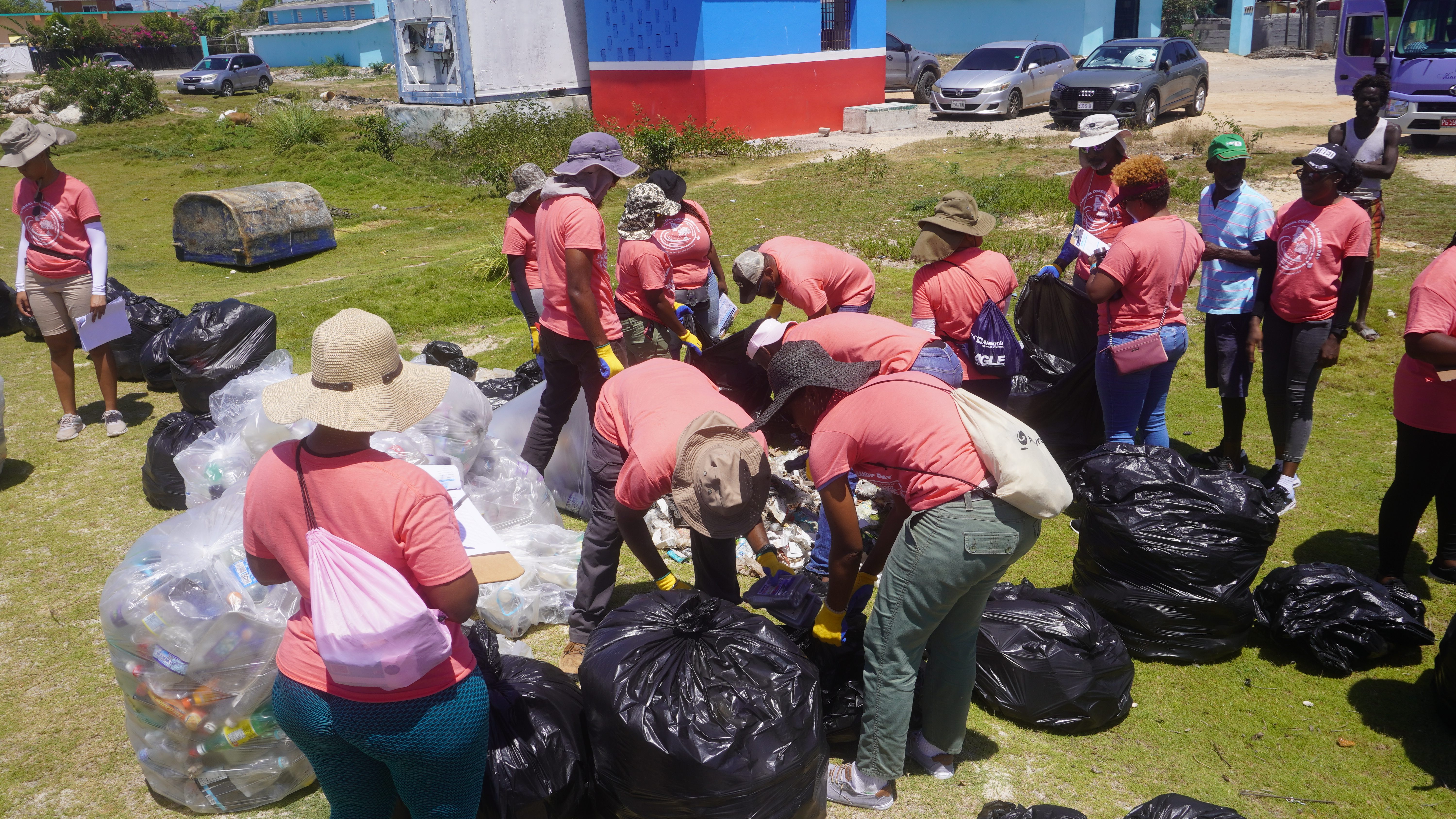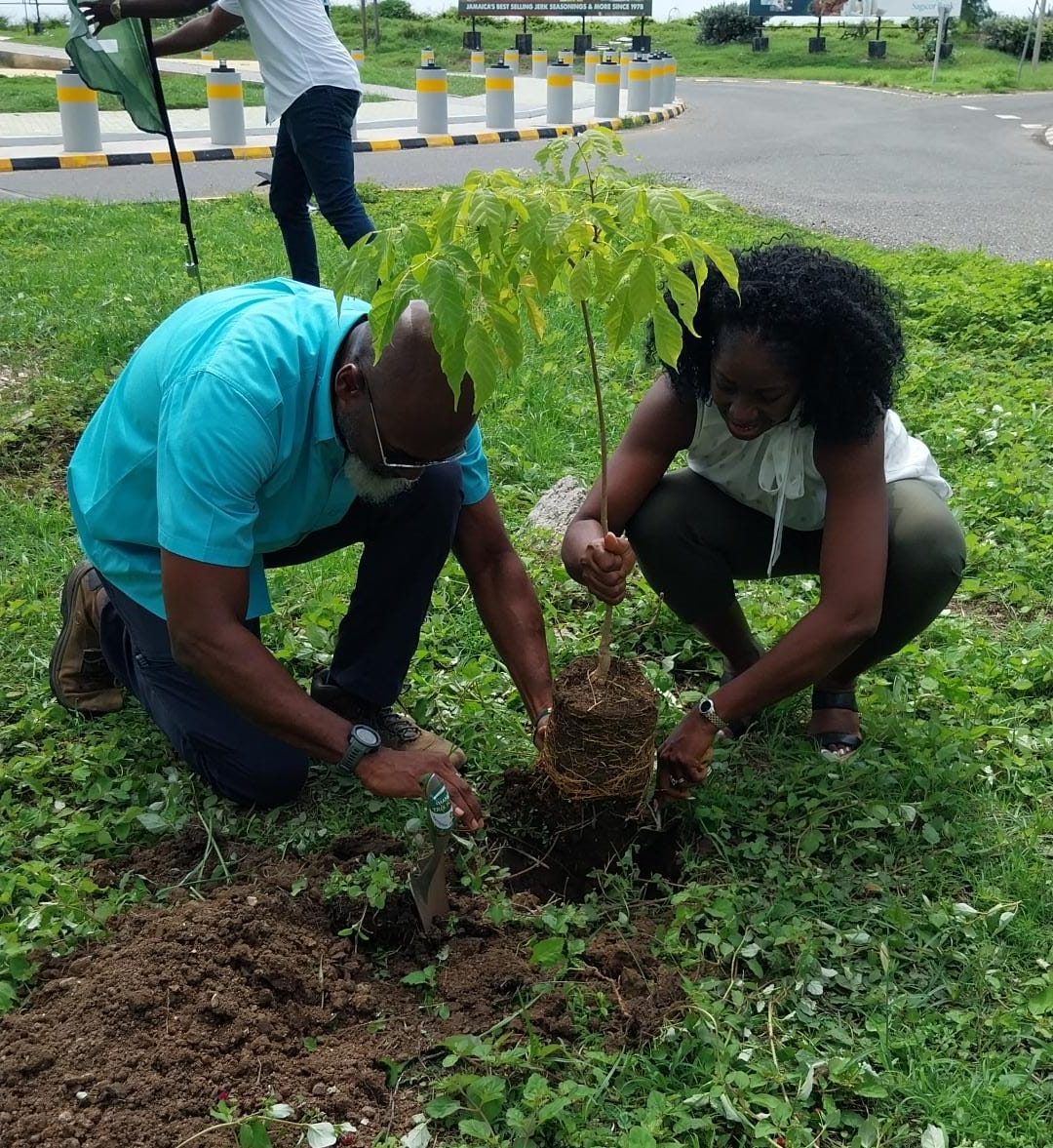The Forestry Department connects hillsides and seasides through coastal clean-up activities
As the Forestry Department widens its mandate to include the management of wetland forests, it coordinated its first coastal cleanup at the Rocking Point Fishing Beach, Clarendon, at the most recent observance of International Coastal Cleanup Day observed on September 16, 2023.
Forty (40) volunteers from the Agency were joined by family, friends and members of the Jamaica Red Cross and Heart Trust NTA as well as members of the community in cleaning up the fishing beach. Approximately 900 pounds of solid waste, including plastic bottles, were removed.
Plastic bottles were the most predominant form of solid waste collected during the cleanup, re-emphasizing the prevalent problem of improper waste disposal and the widespread use of plastics. “There is a connectivity between the land and the sea…whatever happens on the land affects the sea because once persons throw their [garbage]… in the gullies, in the drains, in the rivers, [it] eventually ends up in the sea and affect coastal life,” Ms. Ann-Marie Bromfield, Forest Manger, South West Region and one of the volunteers said.
Initiatives like International Coastal Cleanup Day raise awareness about the prevalence of solid waste pollution while actively reducing the quantity in our mangrove forests, beaches and other coastal areas. Mr. Jerome Smith, Principal Director of Forest Operations, said, “We’ve noted that in the last ten years, we’ve lost over 90% of our mangroves in some areas, and simple activities like these, moving solid waste from the coast will help to improve the conditions [along our] coastlines and help regeneration of mangrove forests”.
Jamaica’s mangroves – the island’s primary “shore-keepers”, carbon sinks and fish nurseries continue to be negatively affected by the significant amounts of solid waste pollution. Located predominantly along the coast, mangrove forests are essential to climate change mitigation and food security. The interlocked network of trees reduces wave height by between 36% and 55% and wind speed by between 64% and 80%, protecting low-lying coastal areas from flooding and severe wind damage.
Another crucial ecosystem service of mangroves is its ability to sequester atmospheric carbon dioxide – a prevailing greenhouse gas – and store large volumes of carbon in the leaves, branches, roots, soil and other parts of the ecosystem. Mangroves are also a habitat for various fish that serve as a source of livelihoods and food supply for many communities. Approximately, 75% of commercially important fish, including parrot fish, snappers and shellfish, find shelter and food within mangrove areas during their life cycle.
The clustered structure of mangrove trees and the waterlogged soil trap solid waste washed from inland and coastal areas. Some of the main problems caused by solid waste pollution in mangrove areas include hyper-salinity, stagnation, and prevention of water filtration, which create a toxic environment for animal life, including the fish we eat.
The Forestry Department continues to work with its partners and stakeholders to encourage mangrove rehabilitation and restoration in areas where degradation and depletion have been observed.
Photo caption: Forestry Department volunteers sorting plastic bottles and other solid waste during the Agency's International Coastal Cleanup activity at the Rocky Point Fishing Beach, Clarendon on September 16, 2023.







